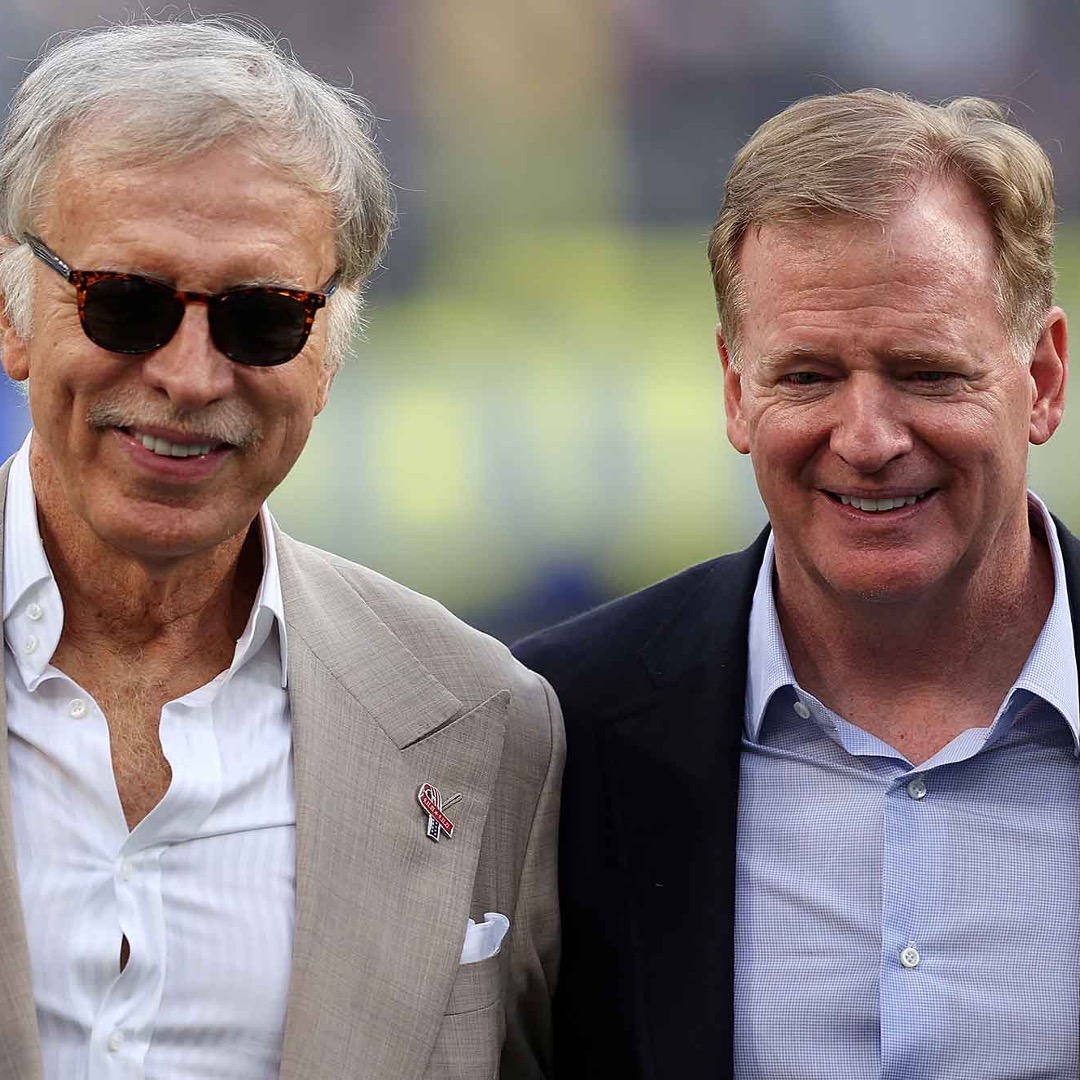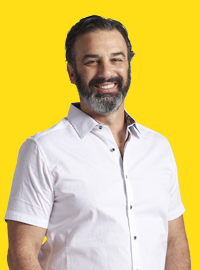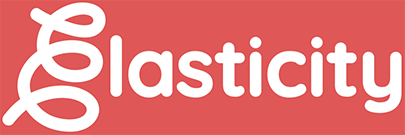Ever since the legal ruling was handed down, there’s been a tremendous amount of conversation in metro-St. Louis about what the region should do with the money it was awarded from the National Football League and now-Los Angeles Rams. The question has been vexing me so I addressed it this week in the St. Louis Post-Dispatch. You can read it here on STLToday.com or I’ve also put it below. Thanks for reading!
_____________________________________________________________
In early 2022, right after the NFL and Rams owner Stan Kroenke agreed to pay St. Louis $790 million over the team’s relocation to Los Angeles, a St. Louis-area CEO asked me, “If the city could only put that money toward one single thing, what should it be?”
Uncharacteristically, I didn’t just blurt out an answer. Instead, I gave it some thought. Our region faces many of the challenges shared by countless major U.S. metros: crime rates, education access, crumbling roads, an empty downtown. How could I pick just one?
After a few weeks, I ultimately told him that if there were only one thing, I would invest the dollars in upgrading the city’s fiber-optic infrastructure. From corner to corner, I’d make sure St. Louis is the most wired city in America.
Because I like to write, I decided to pen a piece about it and started doing my due diligence. I reached out to CEOs I respect, chief technology officers, both commercial and residential real estate brokers, economic development officials, school superintendents and principals, the Pope (he declined comment) and anyone in between for input.
A longtime superintendent of one of the nation’s top school districts told me, “If the high speed is not there, students are at a disadvantage. Having high-speed broadband is essential now.” Moody’s commercial real estate analyst Kevin Fagan noted the relatively higher Internet usage in a metro area corresponds to significantly higher brick-and-mortar retail sales: “Broadband is highly correlated to greater retail sales in brick-and-mortar stores, all other city attributes being equal.”
I thought I really had something. Here comes my Nobel Prize!
Then, I spoke to the regional fiber and broadband folks and, as you may have guessed, I had a problem. Turns out, the City of St. Louis is pretty well wired. That’s right, we got fiber out the ying-yang inside the city limits. My heart sank.
OK, so now what? Not that anyone would ever listen to me, but Stan’s money was burning a hole in my pocket. Where do I think the city’s $280 million cut of the money should go?
I thought about my passions for, and beliefs in, building strong organizations. And a city, after all, is very similar to an organization. You have a group of disparate entities, stakeholders, people, physical spaces—and they all have the ability, if so inspired, to come together and either thrive or dive. I also thought about Rally Saint Louis, the non-profit my partner Brian Cross founded. For five years, the platform collected and funded projects suggested by residents and voted on by their neighbors. It ultimately brought seven projects to fruition, including the Cotton Belt Exchange mural and the Magic House installation at Lambert International.
The key to these accomplishments revolved around one simple concept: Empowerment. When you empower people to have a stake in something, they take pride and make it better. It’s just that simple, and few would argue that St. Louis could benefit from some improvements while our people could certainly use an injection of pride.
So now that I’ve been course-corrected, here’s what I would do with Stan’s money in the City of St. Louis: Put it into a fund that is as far from political reach as possible. Then create or partner with a not-for-profit to manage it, using micro-grants to allocate dollars for initiatives within any of the 79 city neighborhoods—from Benton Park to Old North, Tower Grove East to Fox Park, McKinley Heights, Forest Park Southeast, Franz Park, Kings Oak, Penrose, Fairgrounds, Tiffany, O’Fallon Park and the list goes on.
You live in Dutchtown and think streetscaping would be a vast improvement? Perhaps you’re in Walnut Park East and want to tear down some unsightly buildings and turn the land into a dog park? Maybe a school near Carondelet needs some safety enhancements? Great. Build a consensus within your neighborhood and make an official pitch in front of the allocation board of the not-for-profit.
A late music critic and author I love once said, “Power doesn’t go to the people. It comes from them.” If you want to spend Stan’s money wisely, there’s no better investment than giving that power to the people by having residents steward projects on a neighborhood-by-neighborhood basis and build a spirit of empowerment across St. Louis.



